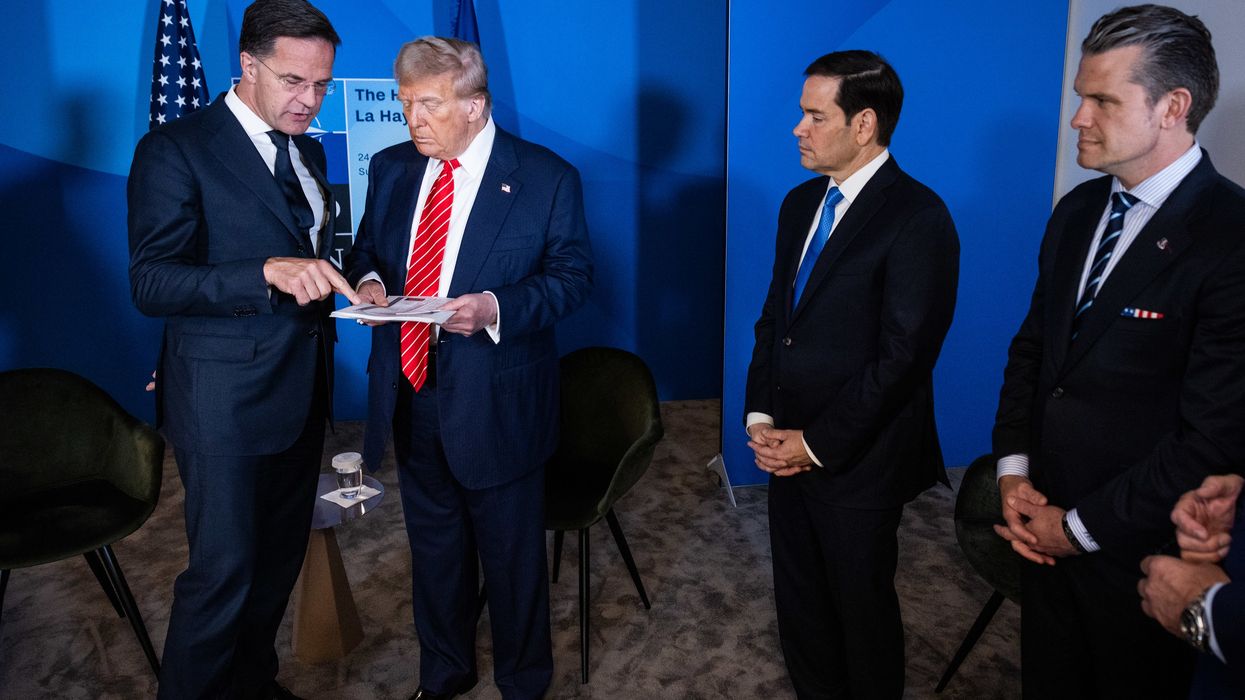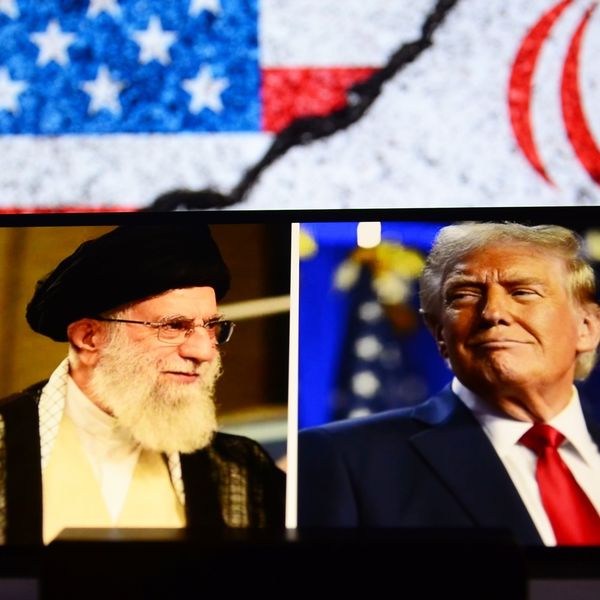Many argue that Iran’s ballistic missile program should be a major focal point for U.S. policy. In this view, the missile force is a central offensive component of a growing Iranian bid for regional hegemony. A better Iranian missile arsenal—more missiles, longer ranges, bigger warheads, and greater accuracy—will enable Iranian aggression, force its neighbors into submission, and ultimately wipe out Israel. Hawkish U.S. policies are held to follow from these assumptions. For example, the missiles represent an important reason for ditching the 2015 nuclear deal (since they were not meaningfully covered by it). Restricting them should be one of the main yardsticks for any future U.S.-Iranian diplomacy; until Iran agrees to such restrictions, it should be the target of severe sanctions. Perhaps, as some analysts have argued for years, we should even shoot down Iran’s next missile test to show them we mean business. Right?
Wrong. Iran’s missile force is indeed improving, and states with vital interests in the Persian Gulf are right to pay attention. But Iranian missiles shouldn’t be the heart of our diplomacy. The reality is they’re not very useful for going on offense. Quite the opposite: they’re a primarily defensive tool—and an important one that Iran fears giving up. As the new Defense Intelligence Agency (DIA) report entitled "Iran Military Power" points out, “Iran’s ballistic missiles constitute a primary component of its strategic deterrent. Lacking a modern air force, Iran has embraced ballistic missiles as a long-range strike capability to dissuade its adversaries in the region—particularly the United States, Israel, and Saudi Arabia—from attacking Iran.”
Iran’s missile force is in fact a product of Iranian weakness, not Iranian strength. A state that wants a deep strike capability and pursues missiles rather than aircraft suffers real disadvantages. It’s the same story with Iran’s proxy groups, covert actions, and small boat swarms: as ballistic missiles are the weaker substitute for an air force, these are substitutes for more effective forms of power. Yet missiles, proxy forces, covert action, and small boats make up the bulk of Iran’s ability to hit back at those who might hit it.
Iran has little choice but to choose missiles over air power. Iran’s neighbors field advanced aircraft and air defense systems. That doesn’t even count the United States, which has the world’s two best air forces, in the form of the U.S. Air Force and the U.S. Navy. Iran’s air forces (it has two as well) fly disco-era fighters like the F-4, F-5, and F-14. As the DIA report notes, Iran has a “limited airstrike capability” and its aircraft “would be more vulnerable to air defenses than modern combat aircraft.” Iran is likely, the report states, “to purchase advanced fourth-generation fighters, most likely from Russia,” when the U.N. arms embargo on Iran ends next year. Yet it is playing catch-up in this part of the regional arms race, and its wealthy rivals can respond by racing faster. The missiles will continue to give Iran the most bang for its buck—as will its other unconventional warfare tools.
Let’s dig into why ballistic missiles are inferior to an air force, especially for projecting offensive power. Missiles and combat aircraft each can deliver explosives to targets far behind enemy lines. Missiles have a few advantages over aircraft. They’re harder to shoot down and, because they travel much faster than the speed of sound, targets not alerted by radar experience a missile attack as an explosion out of nowhere. This can give ballistic missiles a special political and psychological power.
However, aircraft bring flexibility and efficiency. Missiles don’t come back once you’ve fired them. Missiles can’t be reused. They can’t scout out an enemy position. They can’t loiter over a battlefield, waiting to be called in by advancing ground forces to hit a mobile target like a tank. They can’t fly defensive missions to keep an enemy’s air force at bay. (They can harass enemy airbases, but that’s a tougher task against aircraft carriers.) They lack the judgment and experience that a human pilot can use to respond to unexpected situations in real time. They’d struggle to go out and find an enemy asset whose precise location is unknown. Aircraft can do all these things and more. They can even do several of them on a single mission.
This means Iran will be hard-pressed to use inflexible, single-use missiles to compel adversaries—for example, by conquest. A missile bombardment could cause serious casualties and would force those adversaries to alter plans, especially around critical fixed nodes like ports and air bases. Yet the bombardment would have to be heavy and sustained to prevent an adversary from blocking or reversing Iranian advances—advances Iran hasn’t built the military to conduct.
In fact, the primary function of Iran’s military is to deter offensive warfare, not to carry it out. Three times, the DIA report uses the phrase “niche capabilities” to describe Iran’s overall military force. This is key to understanding the real strategic impact of much of Iran’s military power—it is a punishment strategy, which thwarts the enemy not through battlefield victory but through specialized tools that can impose unacceptable costs. Such strategies aren’t a good fit for a strong state on the march, which needs a well-rounded military that can enter another state, break its military, and force it to submit. But they are good for a state with few friends and many foes that wants to keep those foes out.
In a rough and tumble region like the Middle East, only a foolish state would hand over its main defensive tools. If our plan is to get Iran to cut down its missile capability, we’re betting that Iran not only will make a bad decision, but also will stick by it in the long run. Good luck. A more effective policy would accept the unpleasant reality of Iran’s ballistic missile program and would seek to manage this reality. Such a policy might advance along three tracks.
First, because Iran’s missiles are so central to its deterrence, we shouldn’t expect Tehran to accept major limits on its missile program. That becomes even more true if we increase Iran’s fear that conflict may be imminent. Unilateral disarmament is a bad idea on the eve of war. Working to cajole Iran into giving up its missile program may thus be counterproductive.
Second, we should seek to reduce the threat Iran’s missiles pose. One element of this is preparedness—for example, hardening and dispersing potential targets. Another is to return to the nuclear deal or to enter a similar arrangement that restricts Iran’s ability to produce a nuclear weapon. You can’t have a nuclear ballistic missile without a nuclear warhead, and for that you need the right nuclear program.
Third, efforts to reduce tensions in other areas of the U.S.-Iranian relationship will make conflict less likely and therefore reduce the chance that the missiles will be used. Such an approach will not address Iran’s missile capability, but it can impact their perceptions and intent. This may not be satisfying, but it has better odds of succeeding than diplomacy aimed at the missiles.
The unconventional Iranian military strategy at the heart of “Iran Military Power” invites deeper policy reflection, too. The missile threat is one piece of a broader view of Iran as a Middle Eastern hegemon in waiting. This view’s champions urge the United States to contain Iran or even roll it back. They call for a permanent counter-Iranian military presence in places like Syria and the Gulf. Many advocates of this position have suggested that the Iranian threat requires us to adopt an anti-Iran, pro-Saudi Arabia policy, and to indulge Saudi misadventures like the bombardment of Yemen or the butchering of Jamal Khashoggi. Iran’s military capabilities do not square with the threat assessment that lies beneath all this. Perhaps a more limited U.S. role in the region is in order.














